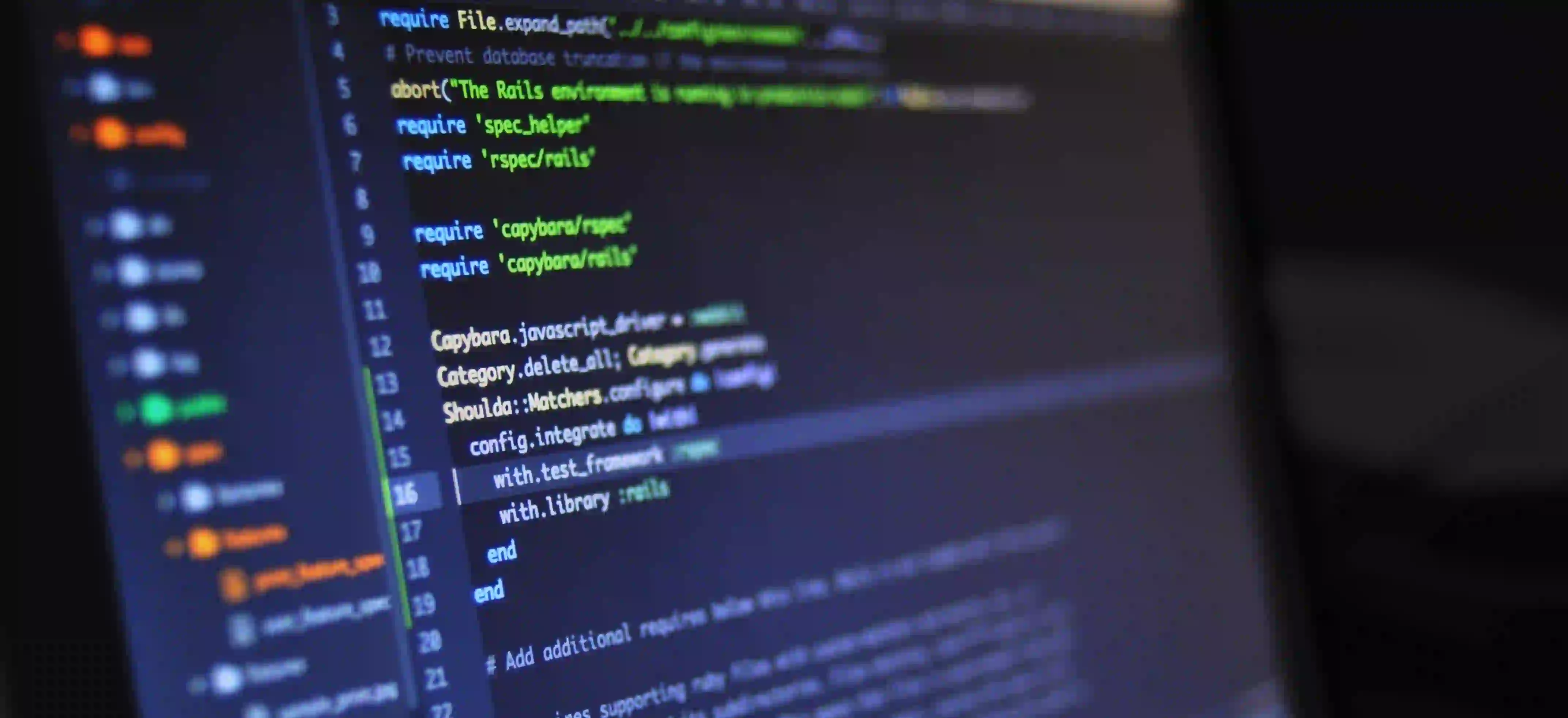Why Ignoring Container Monitoring Can Cost You Big Time

Why Ignoring Container Monitoring Can Cost You Big Time
As organizations increasingly adopt containerization, the need for effective monitoring becomes paramount. Ignoring container monitoring can lead to significant pitfalls, affecting performance, security, and overall operational efficiency. In this blog post, we will explore why container monitoring is critical, the consequences of neglecting it, and best practices to implement effective monitoring strategies.
The Importance of Container Monitoring
Containers have revolutionized how we deploy applications. They allow for lightweight, portable, and consistent environments across development and production. However, their dynamic nature also introduces complexities that require diligent monitoring.
Resource Management
Containers share the underlying OS kernel and other resources. This can lead to resource contention, where multiple containers compete for CPU, memory, and I/O. Without monitoring, it becomes challenging to identify whether a container is over-consuming resources. This can eventually lead to degraded performance or outages.
// Pseudo-code for checking CPU usage of containers
public void checkCpuUsage(String containerId) {
double cpuUsage = getCpuUsage(containerId);
if (cpuUsage > threshold) {
alertAdmin("High CPU usage on container: " + containerId);
}
}
// Explanation
// This function checks the CPU usage and alerts an admin if it exceeds a predefined threshold.
// Monitoring CPU usage is crucial for optimizing resource allocation.
Performance Monitoring
Performance issues can arise from various aspects, such as network latency, application response times, or increased load. A lack of visibility into container performance can lead to slowdowns and a poor user experience.
-
Real-time insights: Monitoring tools provide real-time insights into how containers are performing. This allows teams to quickly diagnose and address issues.
-
Historical data: Over time, performance trends can be analyzed to identify bottlenecks or inefficiencies.
Security Considerations
Containers introduce security risks, such as unauthorized access or vulnerabilities. Continuous monitoring allows organizations to identify suspicious activity or compliance violations.
-
Vulnerability scanning: Employ tools that can scan container images for known vulnerabilities before deployment.
-
Runtime security: Implement monitoring solutions that can analyze container behavior during runtime, flagging any anomalies.
The Cost of Ignoring Container Monitoring
Failing to monitor containers can have severe consequences. Let's delve deeper into the potential costs involved.
Downtime
The most direct cost of ignoring container monitoring is service downtime. A single outage can lead to lost revenue, diminished customer trust, and a tarnished brand reputation.
- Case Study: In 2020, a major online retailer experienced a significant outage due to resource overconsumption in containers. The downtime lasted several hours, resulting in millions in lost sales.
Performance Degradation
Without proper monitoring, it is easy to overlook performance issues until they escalate into major problems. This can frustrate users and lead to churn.
- Example: Imagine a mobile application that takes excessively long to respond due to container mismanagement. The delay could result in users abandoning the app, leading to lost engagement.
Increased Operational Costs
Ignoring monitoring can lead to inefficient resource utilization, which in turn can drive up infrastructure costs. It is essential to eliminate wastage and optimize resource allocation.
- Costly Resources: Running underutilized containers consumes unnecessary cloud resources, leading to inflated cloud bills.
Security Breaches
Without effective monitoring, security vulnerabilities can go unnoticed, opening the door for malicious attacks. The fallout from a data breach can be devastating.
- Example: If an organization neglects to monitor container activity, an attacker could exploit an unpatched vulnerability, potentially leading to data theft and compliance fines.
Best Practices for Effective Container Monitoring
To avoid the costs associated with ignoring container monitoring, here are some effective practices to incorporate into your container strategy.
Use Comprehensive Monitoring Tools
Several robust monitoring solutions are available, each offering unique features to track container health, resource usage, and performance metrics.
-
Prometheus: A popular open-source monitoring tool specifically designed for containerized environments. It collects metrics and enables organizations to set up alerts.
-
Grafana: Often used alongside Prometheus, Grafana provides beautiful visualizations of collected metrics, helping teams to understand trends and performance at a glance.
Implement Resource Limits
Setting resource limits can prevent containers from over-consuming resources. This can significantly enhance performance and reduce the risk of downtime.
# Example Kubernetes YAML for resource limits
apiVersion: v1
kind: Pod
metadata:
name: example-pod
spec:
containers:
- name: example-container
image: example-image
resources:
limits:
memory: "256Mi"
cpu: "500m"
# Explanation
# In this configuration file, we've set memory and CPU limits for a Kubernetes pod.
# These limits ensure that containers won't exceed specified resource allocations, maintaining system stability.
Monitor Network Traffic
Network bottlenecks can severely impact application performance. Monitoring network traffic can help in identifying these issues early on.
- Tools: Implement solutions that can monitor inbound and outbound traffic for containers. This can help detect anomalies in behavior.
Continuous Testing and Feedback Loops
Incorporate monitoring strategies within your CI/CD pipeline. By monitoring containers from the moment they are built to when they are deployed, you can catch issues early in the process.
Educate Your Team
Ensure that your development and operations teams are aware of the importance of container monitoring. Regular training sessions and workshops can instill best practices and make sure everyone is on the same page.
The Closing Argument
Ignoring container monitoring can have substantial costs, affecting not only your operational capacity but also your bottom line. By recognizing the importance of proactive monitoring, implementing the right tools, and promoting a culture of awareness, organizations can avoid costly pitfalls associated with container neglect.
Monitoring is not just about keeping the lights on; it’s about ensuring performance, security, and efficiency. Don’t wait for an incident to learn the importance of container monitoring—start today, and safeguard your operations for the future.
For more information on container monitoring, check out these resources:
By taking container monitoring seriously, you not only protect your assets but also enhance operational visibility, ultimately leading to better business outcomes. Be proactive—implement monitoring strategies now to safeguard your containerized applications against potential risks.
